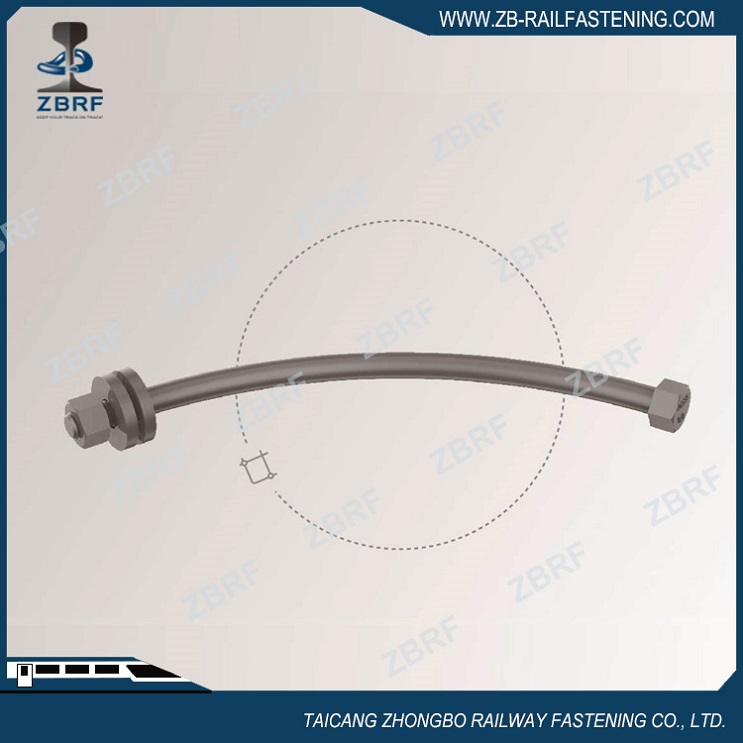First, the threshold The threshold is a critical element in preventing water from escaping the bathroom. It's not just a simple barrier—it plays a key role in directing water flow and maintaining structural integrity. The design and construction of the threshold should be done carefully with these points in mind: 1. The top of the threshold should slope slightly inward toward the bathroom. This ensures that any water droplets can easily slide into the room instead of pooling at the entrance. 2. The threshold should match the width of the door frame, and the door frame itself should be the same thickness as the surrounding walls. This helps maintain a smooth transition when laying floor tiles, reducing the risk of cracks or uneven surfaces. Second, the ground waterproofing Waterproofing the floor is essential to protect the structure and prevent moisture damage. Today, water-repellent coatings are commonly used for this purpose. When applying the waterproof layer, it’s important to extend it about 20 cm up the wall, at least to the level of the threshold. If there are pipes installed, the waterproofing must completely cover them to avoid leaks. Once the waterproof layer is applied and fully dry, it should be immediately covered with cement mortar or another protective layer. This prevents accidental damage during subsequent construction steps. Third, floor tile installation Laying floor tiles requires attention to detail to ensure both aesthetics and functionality. Here are three key tips: 1. Create a slight slope—about 1%—toward the drain. This ensures proper drainage and avoids water pooling on the floor. 2. Keep the joints between tiles consistent in width and align them with the wall tiles. This creates a clean, professional look. 3. When tiling around the bathtub, start by attaching the floor tiles to the bottom of the wall first. Then, lay the wall tiles on top to avoid breaking the floor tiles during installation. Fourth, the countertop When choosing a countertop for the sink area, it’s best to go for an "all-body" design. This means the surface material and internal composition are the same, ensuring durability and ease of repair if damaged. Avoid countertops made only of a thin plastic shell, as they cannot be repaired once broken. To check if a countertop is truly "all-body," shine a light from behind at close range. If the light passes through, it’s a full-body countertop. Also, make sure the joint between the countertop and the sink is properly sealed with grout to prevent water from seeping in. Fifth, toilet installation A common mistake during toilet installation is using cement mortar to fix it in place. While this may seem secure, it actually makes future repairs or replacements difficult. If the plumbing becomes clogged or damaged, you might have to break the toilet to remove it, which is both time-consuming and costly. Sixth, exhaust fan Bathroom ventilation is often overlooked during construction. Many people simply install an exhaust fan, but this doesn’t always solve the problem of bad air circulation. A good exhaust system should vent the humid, foul air directly outside rather than letting it circulate inside the bathroom. Proper ventilation helps reduce mold growth and improves overall air quality. high quality curve Tunnel Segment Bolt for concrete ring Tunnel Segment Bolt,Curved Tunnel Bolt,Tunnel Bolt,Spear Tunnel Bolt TAICANG ZHONGBO RAILWAY FASTENING CO., LTD. , https://www.railfastener.com

Application:Permanently fix concrete tunnel segment
Material: Carbon steel or stainless steel----Q235, 35#, 45#, 35CrMo, 42CrMo, 40Cr etc.
Specification:Complete range from M16 to M30 diameters without Length limit.
Finishing;plain(oiled),sherardized,hot dip galvanized, white zink plated, yellow zink plated, black, dacromet, geomet or others specified by the customers
high quality curve Tunnel Segment Bolt for concrete ring